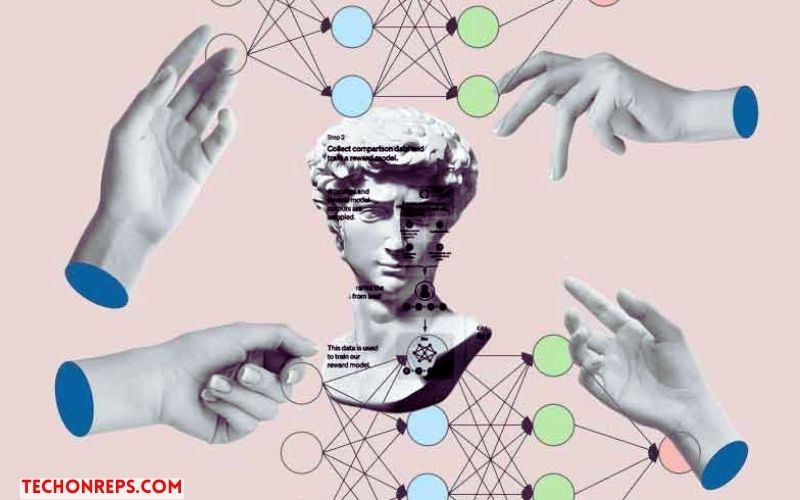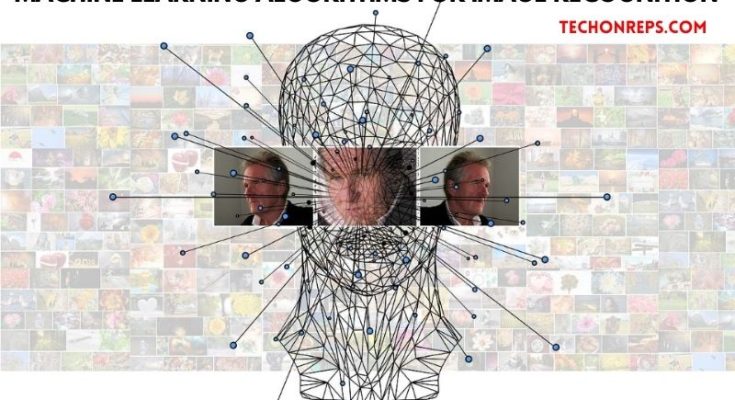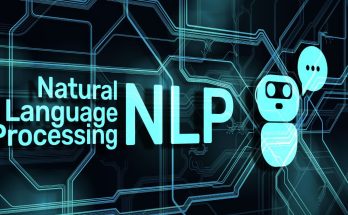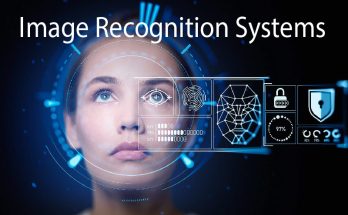The Ultimate Guide to Machine Learning Algorithms for Image Recognition
In today’s digital era, images play a crucial role in various applications, from social media to medical diagnosis. With the exponential growth of image data, the need for efficient image recognition systems has surged. Machine learning algorithms have emerged as powerful tools in this domain, revolutionizing the way computers perceive and interpret visual information. In this comprehensive guide, we delve into the realm of machine learning algorithms for image recognition, exploring their principles, applications, and advancements.

Understanding Image Recognition
Image recognition, also known as image classification, is the process of identifying and categorizing objects or scenes within digital images. Traditional methods relied on handcrafted features and rules-based approaches, which often lacked scalability and robustness. However, with the advent of machine learning, particularly deep learning, image recognition has witnessed unprecedented advancements.
Types of Machine Learning Algorithms for Image Recognition
Convolutional Neural Networks (CNNs)
Convolutional Neural Networks (CNNs) have become the cornerstone of modern image recognition systems. Inspired by the biological visual cortex, CNNs are designed to automatically learn hierarchical representations of images. They consist of multiple layers, including convolutional layers, pooling layers, and fully connected layers.
CNNs excel at capturing spatial hierarchies and local patterns within images, making them highly effective for tasks such as object detection, facial recognition, and image segmentation. Notable architectures like AlexNet, VGGNet, and ResNet have pushed the boundaries of image recognition performance.
Recurrent Neural Networks (RNNs)
While primarily used for sequential data, Recurrent Neural Networks (RNNs) have found applications in image recognition tasks that involve sequential processing, such as image captioning and video analysis. By leveraging sequential information, RNNs can capture temporal dependencies within image sequences.
Variants like Long Short-Term Memory (LSTM) and Gated Recurrent Unit (GRU) address the vanishing gradient problem, enabling RNNs to model long-range dependencies effectively. Combined with CNNs, RNNs form powerful architectures for tasks like video classification and scene understanding.
Transfer Learning
Transfer learning has emerged as a practical approach for leveraging pre-trained models to solve new image recognition tasks with limited labeled data. By fine-tuning pre-trained CNNs on target datasets, practitioners can achieve competitive performance with reduced computational costs and training times.
Popular pre-trained models like ImageNet-trained ResNet, Inception, and MobileNet serve as valuable starting points for various image recognition tasks. Transfer learning democratizes access to state-of-the-art models, empowering researchers and developers to tackle diverse real-world challenges.
Applications of Image Recognition Algorithms
Healthcare
In the healthcare industry, image recognition algorithms are revolutionizing medical imaging diagnostics. From detecting cancerous tumors in mammograms to identifying abnormalities in MRI scans, machine learning algorithms enhance the accuracy and efficiency of diagnosis, leading to better patient outcomes.
Furthermore, image recognition facilitates telemedicine by enabling remote analysis of medical images, particularly in underserved regions where access to healthcare professionals is limited.
Autonomous Vehicles
Autonomous vehicles rely heavily on image recognition systems to perceive and interpret their surroundings. Cameras mounted on vehicles capture real-time images of the environment, which are then processed by machine learning algorithms to detect lane markings, traffic signs, pedestrians, and other vehicles.
By accurately identifying objects and predicting their trajectories, image recognition algorithms contribute to the safety and reliability of autonomous driving systems, paving the way for the widespread adoption of self-driving cars.
Retail and E-Commerce
In the retail sector, image recognition technologies enhance the shopping experience by enabling visual search and recommendation systems. By analyzing product images, machine learning algorithms can match customer preferences with relevant products, thereby personalizing the shopping journey and increasing conversion rates.
Additionally, image recognition enables inventory management and product quality control, allowing retailers to automate tasks such as stock counting, shelf monitoring, and defect detection.
Challenges and Future Directions
Despite significant advancements, image recognition algorithms still face several challenges, including robustness to occlusions, variations in illumination, and adversarial attacks. Addressing these challenges requires interdisciplinary research efforts spanning computer vision, machine learning, and neuroscience.
Future directions in image recognition research may include the integration of multimodal information, such as text and audio, to enhance understanding and context awareness. Furthermore, developments in explainable AI (XAI) aim to elucidate the decision-making processes of image recognition models, fostering trust and transparency in their applications.
Conclusion:
Machine learning algorithms have propelled image recognition into a transformative phase, unlocking unprecedented capabilities across diverse domains. From healthcare to autonomous vehicles and retail, the impact of image recognition technologies is far-reaching, revolutionizing industries and enhancing human experiences. As researchers and practitioners continue to innovate, the future of image recognition holds immense promise, paving the way for a more intelligent and visually aware world.



